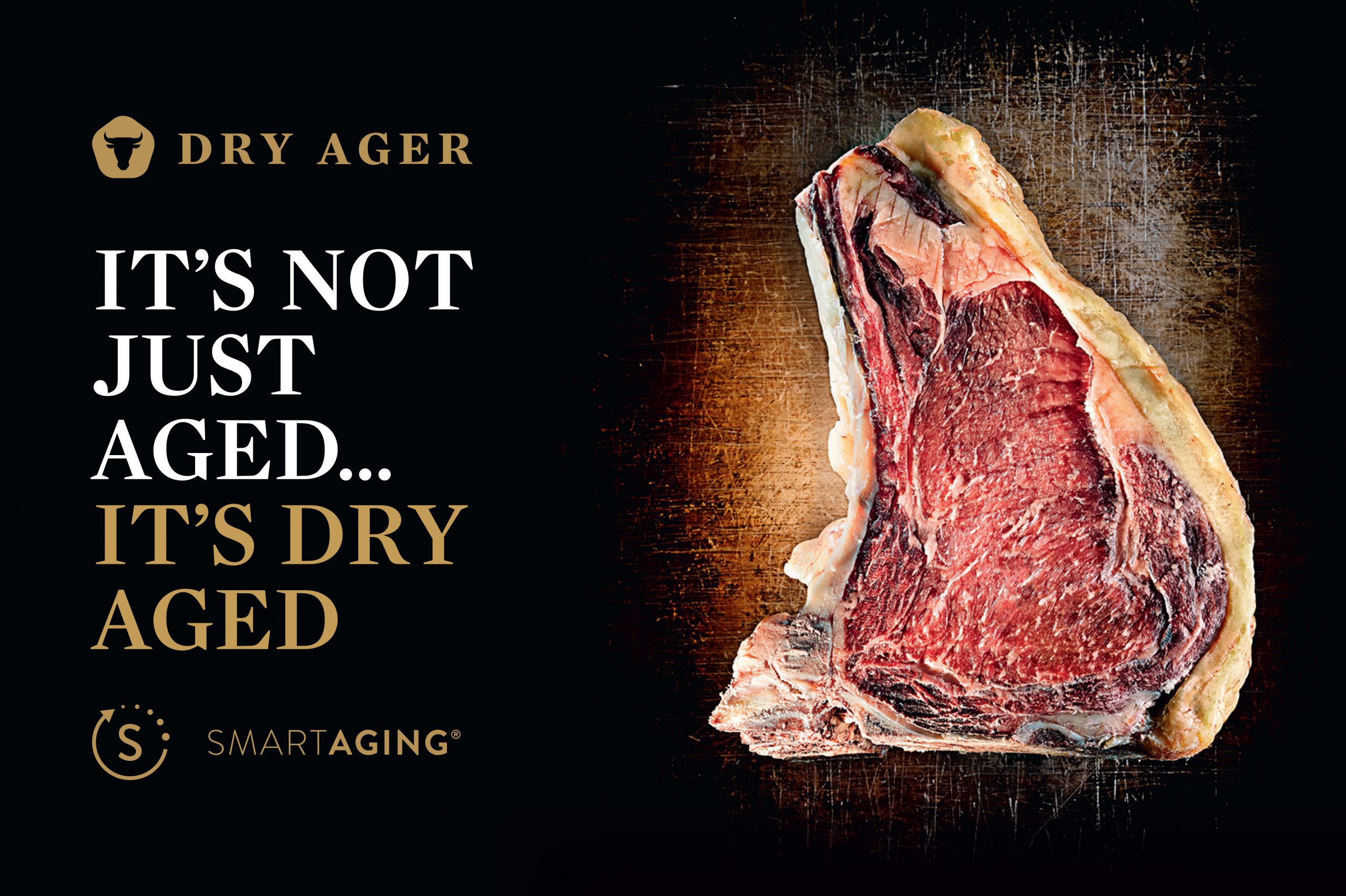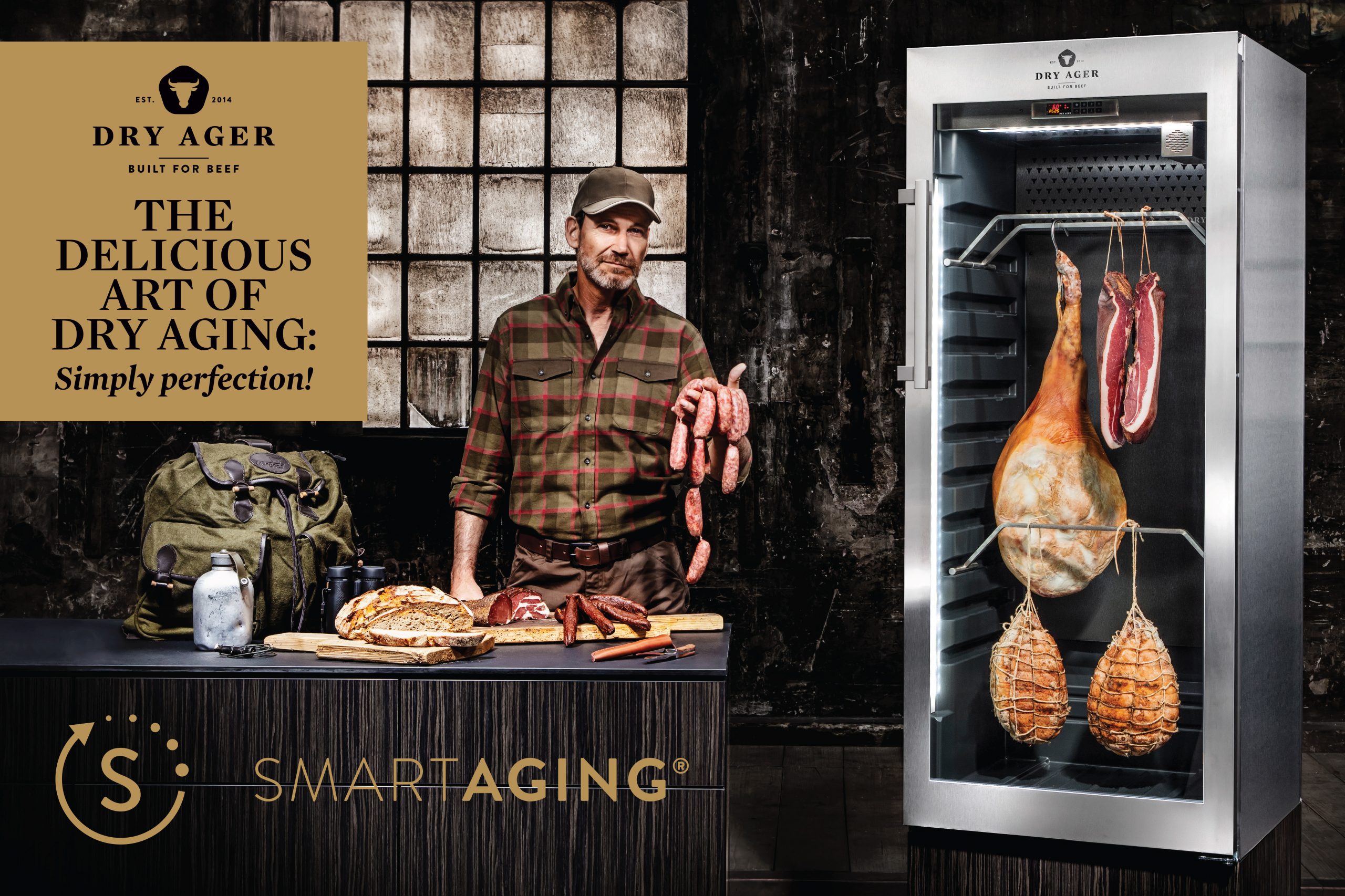During the dry aging process, enzymes in the meat break down the connective tissues, which results in a more tender and flavourful end product.
Beef is the most commonly dry aged meat, but pork, lamb, and game meats can also be dry aged. The length of time that meat is aged depends on several factors, including the cut of meat, age of the animal the desired flavour, tenderness and the level of marbling.
The public’s general consensus for those who are not familiar with venison, is that most venison is tough, which makes it not as popular as beef for a meal. But now with DRY AGER® cabinets, there is an improvement in tenderness and flavour – ultimately improving the quality of the venison that reaches your table. Ageing your own venison can result in previously cuts only used for sausage or mince now possible to serve as a delicious cut of meat.
The amount of time for aging venison cuts varies, depending on the animal any period from 7 days upwards. While typically, beef is dry aged for 21-28 days, although some specialty butchers and high-end restaurants will age their beef for up to 200 plus days. During this time, the meat is kept in a temperature and humidity-controlled environment between 1 °C – 2 °C and at a humidity level of 82%. This controlled environment helps prevent the growth of harmful bacteria while allowing the meat to age properly. With the Dry Ager® cabinet there is zero blue cheese flavours or unpleasant decomposition tastes.






